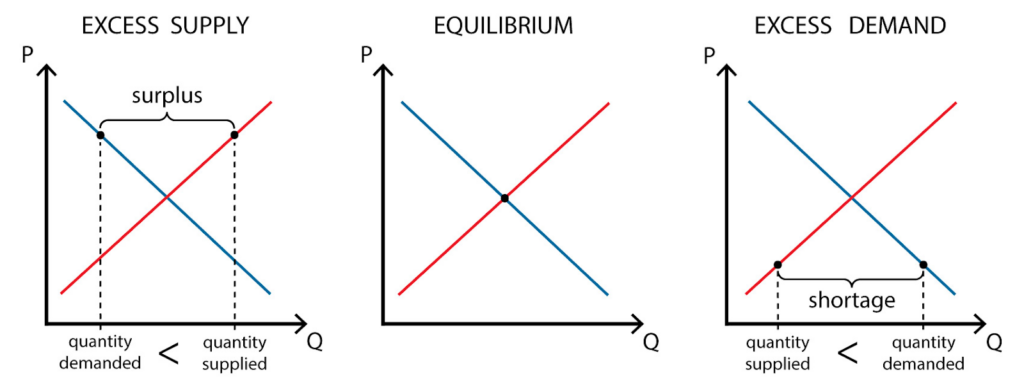
Canada Cannabis Spot Index (CCSI)
Week Ending April 23, 2021

*The provincial excise taxes vary. Cannabis Benchmarks estimates the population weighted average excise tax for Canada.
**CCSI is inclusive of the estimated Federal & Provincial cannabis excise taxes..
The CCSI was assessed at C$5.75 per gram this week, down 1.0% from last week’s C$5.81 per gram. This week’s price equates to US$2,083 per pound at the current exchange rate.
Include your weekly wholesale transactions in our price assessment by joining our Price Contributor Network
If you have not already done so, we invite you to join our Price Contributor Network, where market participants anonymously submit wholesale transactions to be included in our weekly price assessments. It takes two minutes to join and two minutes to submit each week, and comes with loads of extra data and market intelligence.
This week we touch on the significant problems resulting from the monthly supply and demand mismatch in the Canadian cannabis market. Most commodities require strategically located storage to balance uneven patterns of supply or demand. For example, seasonally harvested row crops like wheat, corn, and soy bring the majority of their supply to market over a period of a few months, while demand is spread evenly throughout the year. Conversely, a commodity like natural gas sees seasonal demand fluctuations, as it is used heavily in the winter months to heat homes, while supply is produced consistently throughout the year. In both cases, lack of alignment in the timing of supply and demand necessitates economical storage facilities and distribution infrastructure.
In simple terms:
- When Quantity Supplied > Quantity Demanded the excess supply goes into storage for later use;
- When Quantity Supplied < Quantity Demanded the supply shortfall comes from storage.
Not only does storage provide a physical container for the product, but it also helps manage price volatility by storing excess inventory at a reasonable cost.

Source: Quora.com
As an emerging commodity, supply and demand dynamics for cannabis are still coalescing and evolving, making decisions about production capacity, storage, and distribution needs difficult to assess. However, with Canada’s regulated market open for business for over two years now, operators can examine trends in supply and demand, and begin to make more informed decisions that should help move the market closer to equilibrium.
Demand for cannabis sold through legal channels has been growing at a rapid rate, as the regulated market is both attracting new customers and drawing in existing consumers who previously purchased from illicit sources. However, the increased demand has not to this point been nearly sufficient to absorb the staggering, and still-growing, supplies generated by cultivators. Oversupply in Canada’s legal market came initially from Licensed Producers (LPs) overshooting indoor growing capacity; it has been exacerbated by increasing outdoor production capacity, which has led to supply peaking in October in each of the past two years.

Source: Cannabis Benchmarks
The mismatch between production and consumption has resulted in a huge oversupply of both packaged (finished) and unpackaged (unfinished) products across the country. Statistics Canada’s most recent data for November 2020 shows unpackaged and packaged inventory ballooning to 1,165,725 kg, representing over 38 months of supply at current demand levels.

Source: Cannabis Benchmarks
Our current forecast for cannabis sales projects monthly spending to reach C$433M by the end of 2021. If we assume an average annual alcohol sales growth of 1.5% each year, then we can expect monthly alcohol sales to reach C$2.33B by end of the year. At those levels, cannabis sales would grow to represent 16% of the total spend on the two categories.
For more data and analytics like this, subscribe to the Cannabis Market Insights report developed in collaboration Nasdaq. This in-depth monthly report provides exclusive data and analysis on the legal cannabis industry, focusing largely on the Canadian cannabis market, as well as the cannabis equities market in the U.S.

